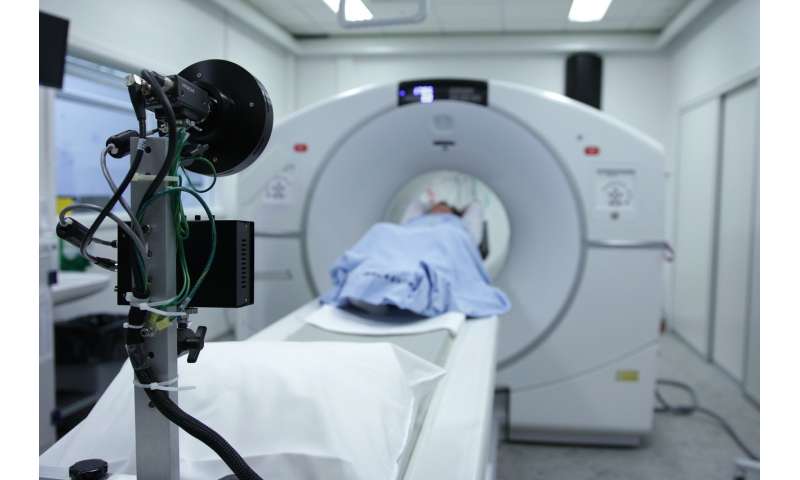
Computed tomography (CT) procedures use ionising radiation to produce images of patients for better medical diagnosis and treatment, often avoiding more invasive tests.
The radiation dose from a CT scan, while low, is nonetheless assumed to contribute a small additional risk to a patient’s lifetime risk of cancer. International guidelines are in place to keep radiation dose as low as possible.
The Australian Radiation Protection and Nuclear Safety Agency (ARPANSA) collects and reviews data on patient dose from CT scans to produce diagnostic reference levels (DRLs) showing typical doses from scans. ARPANSA also advises medical facilities on how their practice compares, to encourage best practice in radiation safety.
“In 2018, we analysed data from more than 47,000 CT scans at 381 facilities around Australia’ said Dr. Peter Thomas, Director Medical Imaging at ARPANSA. “The data shows that, on average, patients are receiving much lower doses from CTs than we saw 5-10 years ago. Average dose has decreased by around 15 to 20 percent since the original DRLs were published.”
The change is due to advances in CT practices and technologies.
The national DRLs published by ARPANSA give healthcare providers a valuable point of comparison to improve patient safety.
“If a facility finds that patient doses are consistently above the reference levels, they are required to investigate if the higher dose is justified,” said Dr. Thomas. “Conversely, if patients are receiving doses well below the reference levels, the facility may need to review image quality to ensure procedures are effective.”
Source: Read Full Article






